There’s a thing that happens when someone discovers kale for the first time. They become addicted to it. Well, maybe not addicted, but if their experience is anything like mine was, they can’t get enough of it. My intro to kale was with Esalen’s Raw Kale Salad and I’ve been growing kale ever since.
What kind of kale is best? It depends upon your preference. Many people like the color and texture of Italian kale, also known as Lacinato (laa-chee-nah-toe) or Dinosaur kale, and because it is not as tough as curly kale, it works well in raw salads.

Lacinato kale
Some people like color in their kitchen, and nothing does it better than Red Russian Kale. With its purple/red stems and veins, the spiked leaves are sweeter than other kale varieties. Great for stir fries and frittatas.
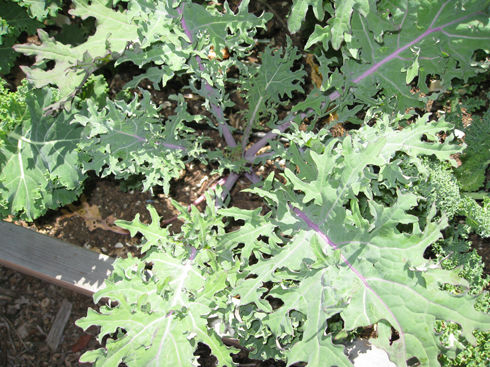
My personal favorite is a delicate kale with vigorous growth that works well in both raw and cooked dishes. Siberian Kale surpasses even the popular Lacinato in my book. Big, soft leaves break down quickly in a pan for a quick side dish (with olive oil, garlic, and a few red pepper flakes).
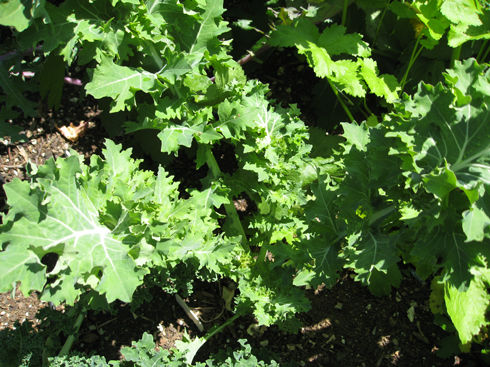
Then there’s curly kale, what some consider to be the polyester of kales. I disagree though. There’s nothing like a good Vates Blue kale to really feel healthy. It holds its shape in cooking and makes terrific kale chips.

So how do you grow all this great kale? In warmer climates like Southern California, we plant in October and enjoy almost into summer. In cooler climates, plant now. You can start from seeds indoors, or find transplants at the local nursery. I find that nurseries are limited to a popular variety or two, so each year I start the four varieties listed here from seeds.
Protect your crops with Floating Row Cover (to protect against cabbage moths) and cardboard collars (to keep cutworms at bay) and you’ll have a relatively easy growing season until the weather gets too hot. Once that happens the aphids make a home, and the kale becomes less than palatable.
Soaking greens in salted water (like a full cup per gallon of water) will help wash out the aphids in the midst of summer, but I’ve found that it’s almost not worth it at that point. Plan ahead and start new seeds for fall planting, as many crops will make it through the winter even covered with snow.
Harvesting kale is best done in the morning, while dew is still on the leaves. Pick the outside leaves as needed. Here’s a shot of my morning harvest with a little chard thrown in for color:
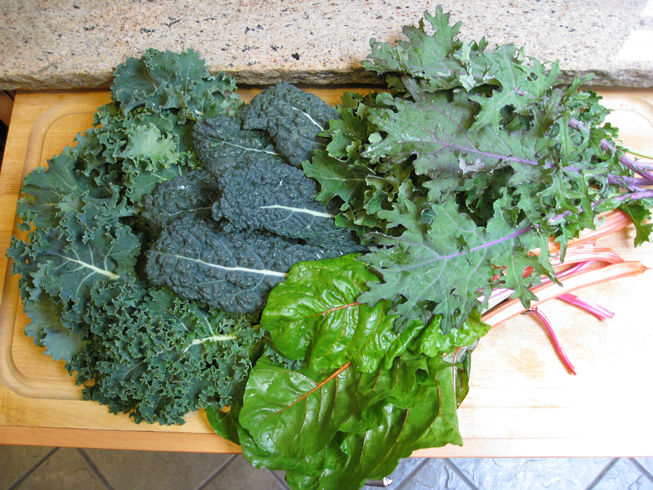
Left – Vates Blue Kale, Middle – Lacinato Kale, Middle right – Siberian Kale (slightly hidden), Right – Red Russian Kale, Bottom – Rainbow Chard. Note: this cutting board is nearly 3 feet long and 1 1/2 feet wide. That’s a lot of kale!
To find an assortment of recipes to up your iron and calcium intake, just type “kale” into the search box at Gardenerd.com.

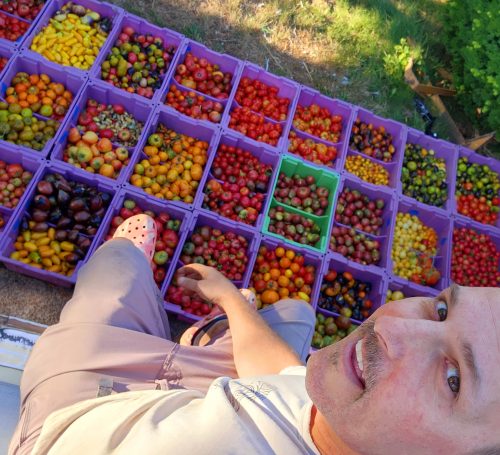
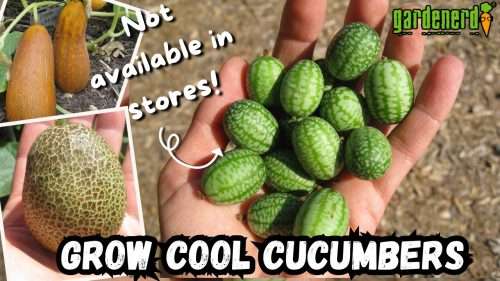

Pingback: YouTube: Kale Trick to Extend Your Plants - Gardenerd
Pingback: YouTube - Quick Crops for a Coronavirus Garden - Gardenerd
Pingback: National Kale Day 2016 - Gardenerd
I Heart Kale! (I really do, I’ve even written blog posts about it.) I have some Lacinato that overwintered a really cold East Coast winter, and I’m curious to see if it comes back just as tasty. I also plant a lot of Nagoya kale for “edible landscaping” purposes, as it’s both delicious and beautiful.